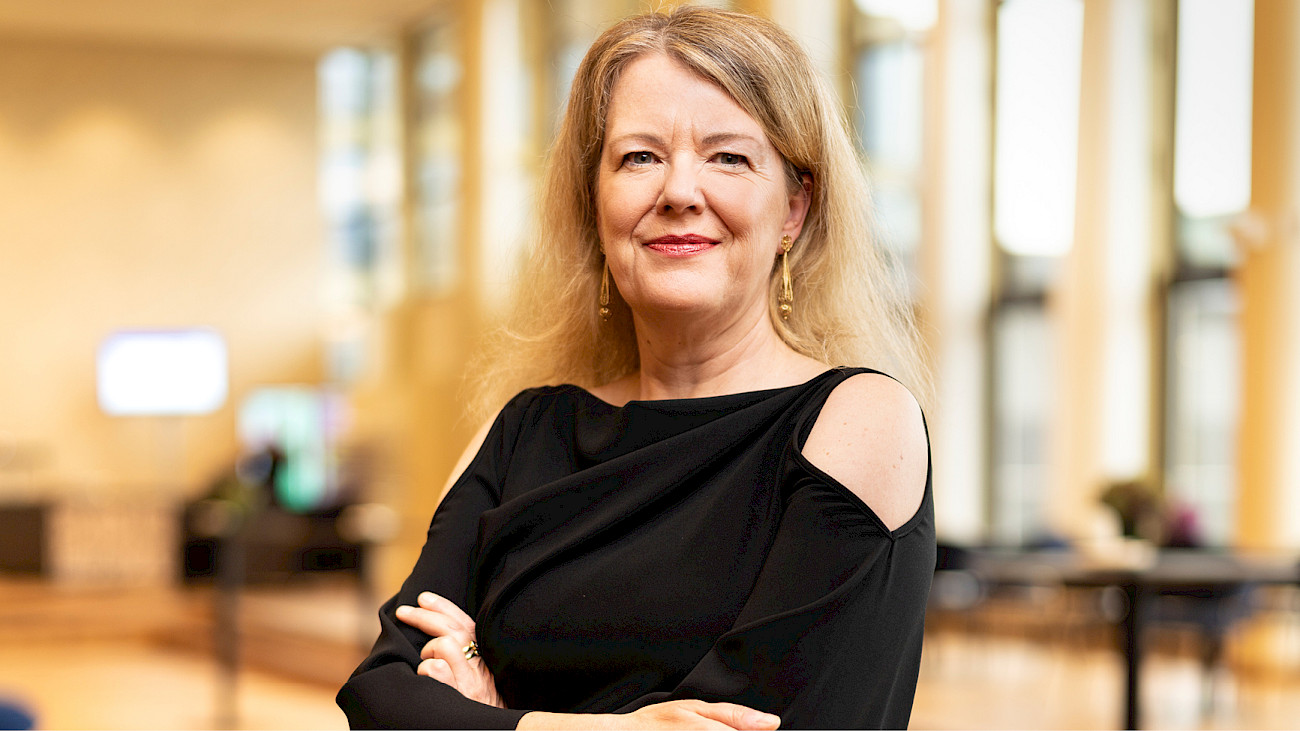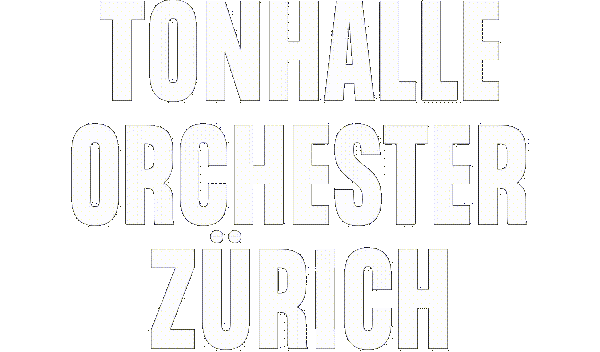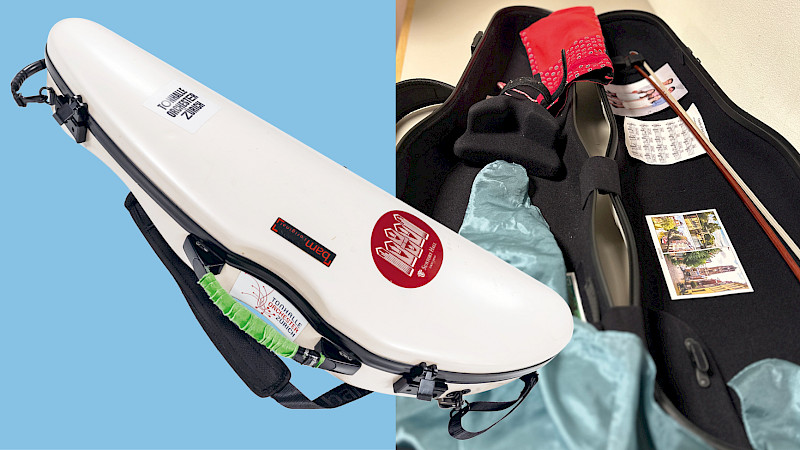
10 years Ilona Schmiel
Five keywords for our director.
Change
That's my favourite keyword! I started here in 2014/15, together with the then 28-year-old chief conductor Lionel Bringuier. That was a complete change from before, and it was clear that - despite all the good things we found - a new beginning was needed in all areas. We already knew at the time that the Tonhalle needed to be renovated; we had to organise an interim solution from the 2017/18 season. And when it became clear that Lionel Bringuier would be leaving the orchestra after four years, it was a great stroke of luck that we were able to recruit Paavo Järvi as Music Director. I like to quote a musician who told me after the first tour with Paavo: "Now I've joined a new orchestra, without any further auditions."
Since then, we have also managed to move back to the Tonhalle am See. And even if there are undoubtedly more changes to come, it's now also about continuity. We are in the privileged position of being able to plan until summer 2029 - that's how long Paavo Järvi's and my contracts run. The institution has stabilised, we know each other, the audience and the framework conditions, we are clearly positioned. I have the impression that everything is now possible: we want to capitalise on that.
Discoveries
Part of the new beginning ten years ago was that we wanted to include more contemporary music in the programme. That's why we created the Creative Chair, a position to which we invite composers who not only present their works, but also contribute more broadly - with other facets of their activities, in masterclasses at Zurich University of the Arts, in direct dialogue with the audience. Esa-Pekka Salonen, who opened the series, also characterised the first season as a conductor. Bryce Dessner, who was here last season, was also on stage as an electric guitarist. Thanks to our Creative Chairs, contemporary music doesn't just take place in a niche, but at the centre of the programme, as a matter of course. And I am particularly pleased when a work that we première here finds its way into the repertoire: This applies, for example, to "Glut" by Swiss composer Dieter Ammann, which has been performed at many other venues.
But of course, discoveries are not only made in contemporary music. I'm thinking of the Afghan Women's Orchestra Zohra, which performed here - and unfortunately no longer exists today. And I'm thinking of last year's focus artist Kian Soltani, who performed Persian music with the Ensemble Shiraz: There is still a lot possible in this direction.
Highlight
A large photo of the Tonhalle Maag has recently been hanging in my office. It was the biggest challenge of the last ten years to plan and build this interim venue, and at the same time it was one of the best experiences of my life. We had the perfect partners and the perfect architects for our idea: where it becomes a luxury, we stop. We focussed on what was necessary for the music and the audience. And we experienced four years in the Tonhalle Maag that led us into the future despite the pandemic. The audience has changed in that time, and a new one has joined us, which has now also followed us to the Tonhalle am See. The proximity to the ZHdK has done us good, and Kreis 5 has also done us good - the welcoming culture there, the vitality of the neighbourhood. I would like to bring a lot more of that here to the lake.
Zurich
When I came to Zurich ten years ago, I felt less of a hunger for classical music than in other cities. But that has changed completely, not least because of the coronavirus pandemic. Of course, it was an absolute low point, but it did have a positive effect: people here and all over the world suddenly realised how much they miss concerts when they can no longer take place. I still notice it in the audience reactions, how great the need for a collective musical experience is. That makes the concerts more intense and enjoyable for everyone. For me, Zurich has long been one of the most beautiful cities in the world - with its location on the lake, the density of cultural events, the architecture and the quality of life in general.
Opening up
Over the last ten years, we have continuously expanded our network of partnerships. For example, the Zurich Youth Symphony Orchestra, Superar Suisse and the ZHdK are not only given a platform, but often also the opportunity to work directly with our orchestra and Paavo Järvi. We are also increasingly working with museums and galleries; a new series of events has been created under the title "classic meets art".
And we will continue to open up wherever possible. My dream would be to open the house at 8 o'clock in the morning and offer a workspace in the Tonhalle foyer - with an insight into our work. The concert itself is still a strong format and the most important attraction for us. But we need to set a lot of things in motion around it.
Translated with DeepL.com





